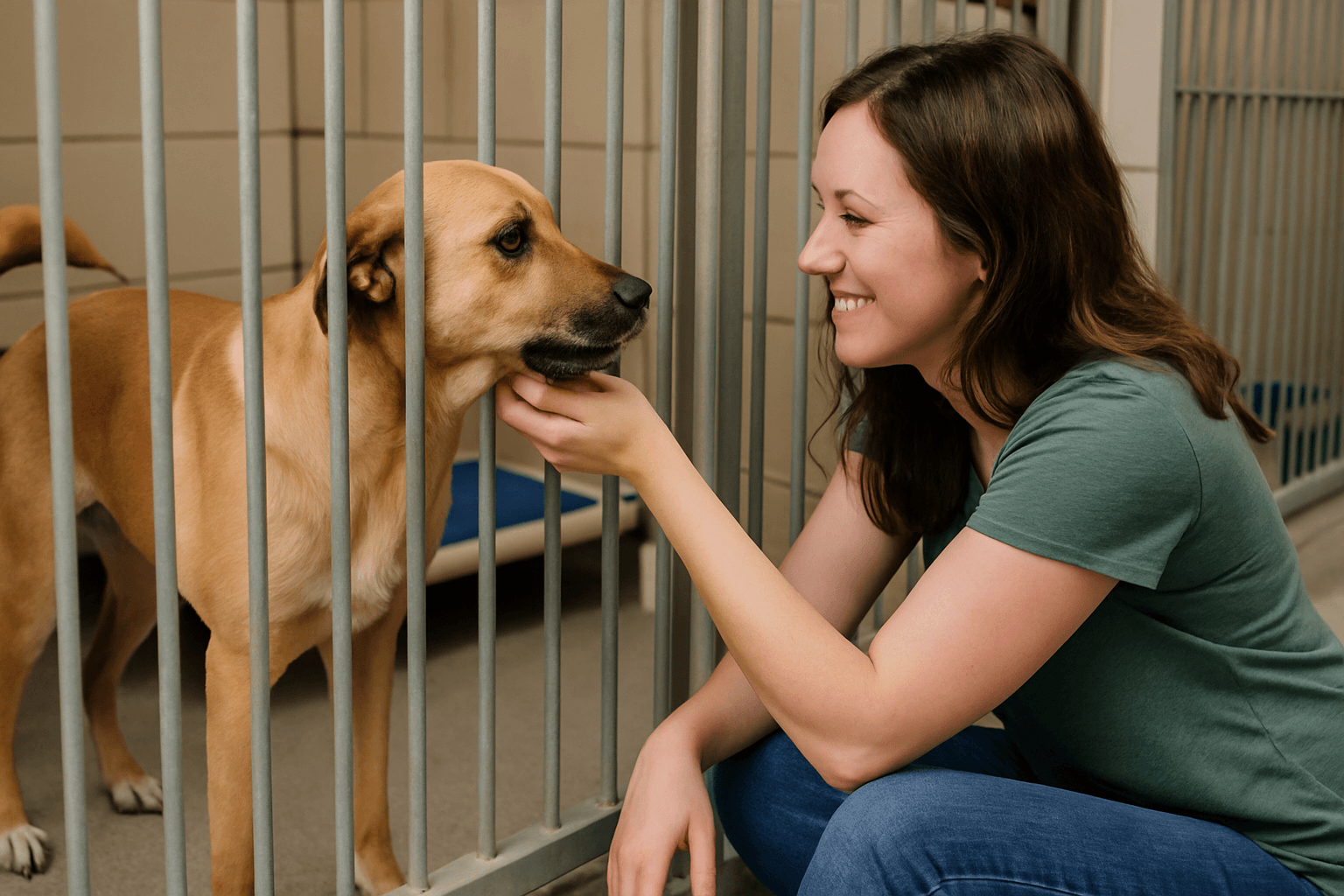If you’ve ever considered adopting a rescue dog or cat, chances are you’ve come across a few eyebrow-raising stories. From fears about behavior issues in rescue animals to questions like "are shelter pets healthy?"—there's no shortage of misconceptions floating around. As a longtime pet blogger and rescue advocate, I’m here to set the record straight with facts, experience, and heart.
Myth #1: Rescue Pets Have Too Many Behavioral Issues
Sure, some pets from shelters may have past trauma—but not all of them do. I’ve personally fostered over a dozen dogs, and guess what? Most were loving, adaptable, and eager to please. Many behavioral hiccups stem from lack of structure—not from being in a shelter. With time, training, and trust, rescue pets thrive.
Myth #2: You Never Know What You're Getting
This myth feeds the idea that rescue dogs vs breeders is a gamble. But many shelters conduct temperament testing and offer detailed behavior notes. You can even meet and spend time with pets before deciding. Plus, rescuers are often brutally honest—they’ll tell you if a cat hates kids or if a pup chases squirrels.
Myth #3: Shelter Animals Are Always Sick
While some pets arrive in rough shape, most shelters and rescues ensure vaccinations, spay/neuter, and vet checks before adoption. I once adopted a senior cat named Muffin who outlived every vet estimate—proof that are shelter pets healthy? Often, yes!
Myth #4: Rescue Pets Can’t Be Trained
This couldn’t be further from the truth. In fact, many rescue dogs are house-trained, leash-savvy, and know basic cues. I worked with a Lab-mix named Benny who, after a month of consistency, passed his CGC (Canine Good Citizen) test with flying colors. Adopting a rescue dog doesn’t mean giving up on obedience—it means investing in potential.
Myth #5: You Can Only Adopt Mixed Breeds
While mixes are common, shelters also receive plenty of purebreds. From Poodles to Persians, if you're set on a specific breed, try searching breed-specific rescues or use Petfinder with filters. Just remember: a dog’s heart matters more than their pedigree.
Myth #6: Rescue Pets Are 'Broken'
This is one of the most harmful rescue pet myths. These animals aren’t broken—they’re survivors. Many are surrendered due to family issues, moves, or financial hardship—not because of flaws. They just need a fresh start and someone to believe in them.
Myth #7: It's Easier to Buy Than Adopt
Adoption takes effort, but it’s worth it. Sure, there are forms, interviews, and home checks—but these protect both the pet and you. It’s not about making it harder; it’s about ensuring a lifelong match. Animal shelter adoption is one of the most rewarding ways to grow your family.
Why Adopt a Rescue Pet?
- You're saving a life—and creating space for another in need
- You often get a pet that’s already vet-checked and altered
- Rescue organizations offer support post-adoption
What to Ask Before Adopting
- What’s the pet’s daily routine?
- Are there any known triggers or fears?
- How do they interact with other animals or kids?
- What’s their medical and vaccination history?
These questions before adopting a rescue pet help you prepare and build a smoother transition.
Final Thoughts
The truth about shelter animals is this: they’re loving, resilient, and just as worthy of a second chance. Don’t let misconceptions about adopted dogs or cats stop you from meeting your future best friend. Want to learn more about setting your new pup up for success? Check out more healthy treats for dogs and training tips.
Adoption isn’t charity—it’s a partnership. Let’s debunk these myths together.
Frequently Asked Questions (FAQs)
1. What are common myths about rescue pets?
2. Are rescue pets safe to bring home?
3. Can rescue animals be trained easily?
4. Is adopting a pet from a shelter better than buying?
5. Do rescue pets have health problems?

About SniffnTail
SniffnTail is your go-to destination for everything pets. From helpful advice, tips, and insights to thoughtfully selected products and resources, we’re here to support pet owners at every stage of their journey. Whether you're caring for a playful pup, a wise old cat, or anything in between, SniffnTail offers tools and knowledge to make pet parenting easier and more joyful.
Related Articles
 Adoption & Rescue • 5 mins Read
Adoption & Rescue • 5 mins ReadHow to Create and Maintain a Homemade First-Aid Kit for Your Dog
As dog parents, we do everything we can to keep our pups safe and happy. But just like with human family members, accidents can happen — a scraped paw, a sudden allergic reaction, or even a swallowed object. That’s why having a dedicated first-aid kit for your dog isn’t just helpful — it’s essential.
 Adoption & Rescue • 5 mins Read
Adoption & Rescue • 5 mins ReadHow to Prepare Your Home for a Rescue Dog
Bringing a rescue dog home is exciting but requires careful preparation. Before your new companion arrives, make your home inviting and safe. Assemble all essentials in advance, organize a quiet area for the dog to retreat, and remove any hazards. With some forethought and a compassionate attitude, you can set the stage for a smooth transition and a loving bond
 Adoption & Rescue • 7 min read
Adoption & Rescue • 7 min readPit Bulls, Misunderstood: Rescuing Breeds with a Bad Rap
Discover the truth about pit bull aggression, tips for rescuing and socializing, and expert advice on adopting a pit bull for the first time.

